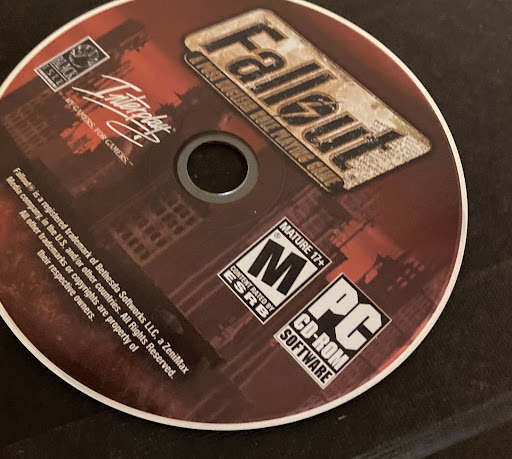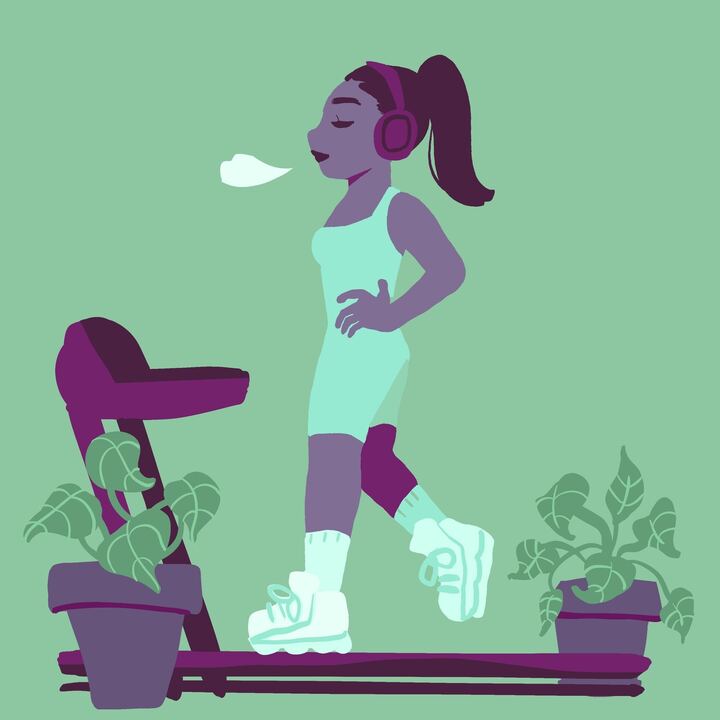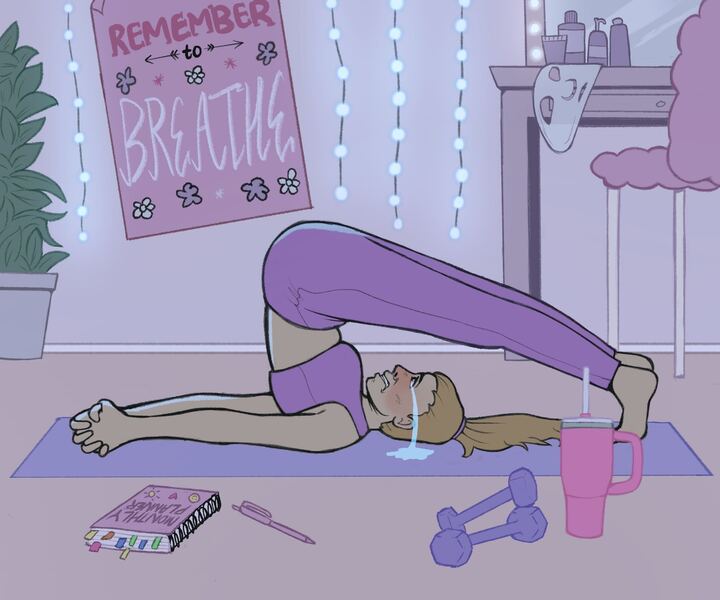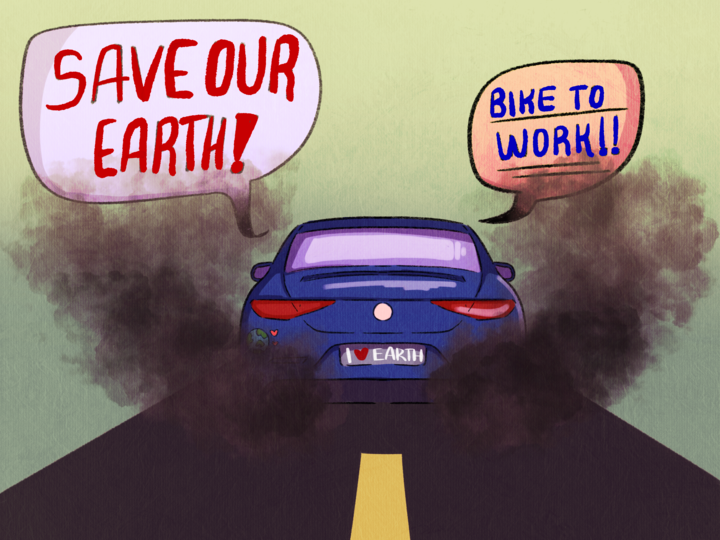Summer may be the time for grand adventures, but it’s also the time for brutal temperatures. Staying hydrated and cool in the desert heat is critical. Knowing how to avoid getting too hot is important for preventing heat-related illnesses, yet not everyone takes the proper precautions.
During the hottest summer days, it’s best to stay inside as much as you can. Excessive heat warnings for Tucson should be taken seriously. You may think you can handle the high temperatures, but after just a short time walking outside, your body may disagree.
If it’s absolutely necessary to go outside during the day, be safe by staying in cool areas and drinking plenty of water.
To determine how many ounces of water you should drink per day, divide your weight by two. For example, if you weigh 130 pounds, divide 130 by two, which equals 65. So, 65 ounces is how much water you should drink in a day.
RELATED: Weekly Wildcat Playlist: Summer jams
Wear sunscreen and don’t forget to reapply it as directed on the label. Using sunscreen will not only help you avoid the pain of a sunburn, it will also help prevent the development of skin cancer.
Leave shopping for the evenings after the sun goes down. It may still be hot, but at least the sun’s rays won’t be crashing down on you. Avoid wearing long-sleeve shirts or pants to prevent becoming overheated.
If you take children or pets with you, don’t leave them in the car. Doing so endangers them and is against the law. Even leaving them in the car for just five minutes is dangerous. Be smart and don’t do it. The heat inside can make a child or pet sick, or worse.
“Heat stroke is the most severe heat-related illness and, without emergency treatment, it can lead to death,” states the weather website Accuweather. “In addition to high body temperatures, the symptoms of heatstroke include an altered mental state or behavior, nausea and vomiting, flushed skin, rapid breathing and racing heart rate.” If you feel these symptoms or see them in others, get medical help right away.
RELATED: Column: Summer offers students freedom
While heat exhaustion is not the same thing as heat stroke, it’s still a serious problem. Symptoms include dizziness; nausea or vomiting; heavy sweating, often accompanied by cold, clammy skin, weak or rapid pulse, pale or flushed face, muscle cramps, headache and fatigue. If you have any of these symptoms, re-hydrate as soon as possible and go into a cool, shady area or retreat indoors.
Everyone looks forward to summer and all its room for activities, but don’t overdo it. Be smart and take care of your body by staying cool, keeping hydrated, and protecting your skin. Be aware of the symptoms of heat stroke and heat exhaustion, and take immediate action if you feel yourself getting too hot. Have fun this summer and stay safe too!
Follow Aurora Begay on Twitter.









